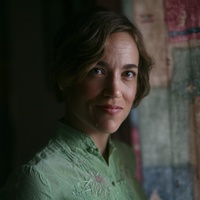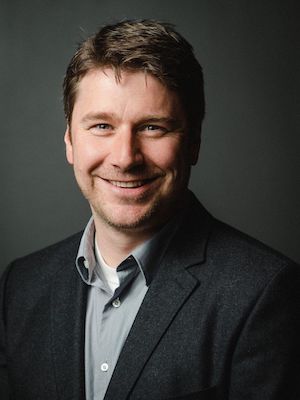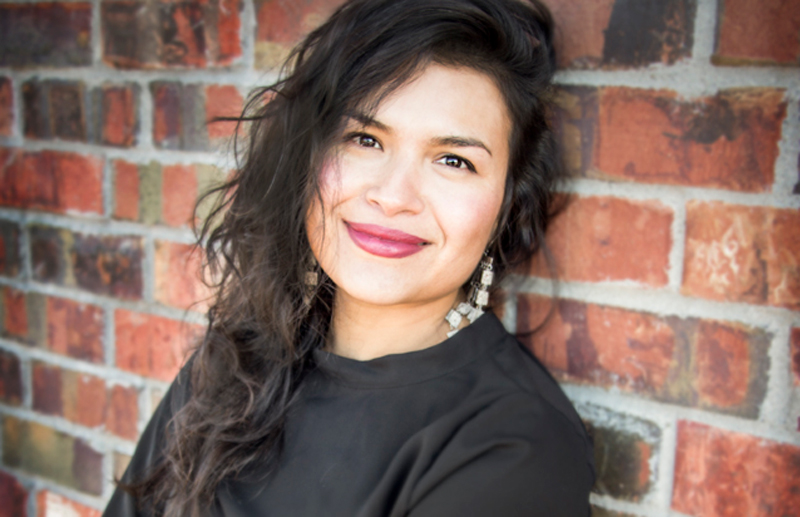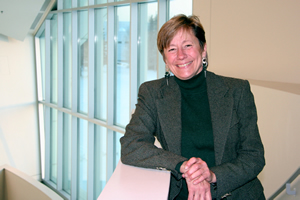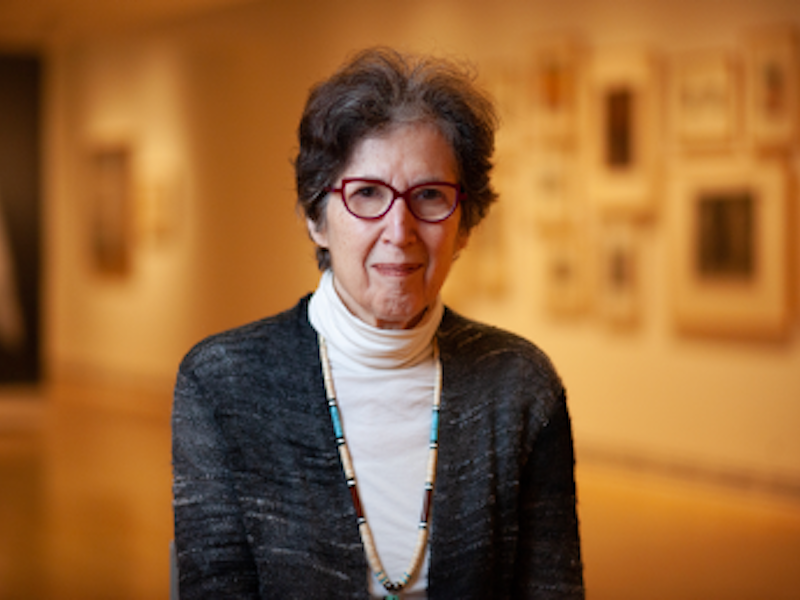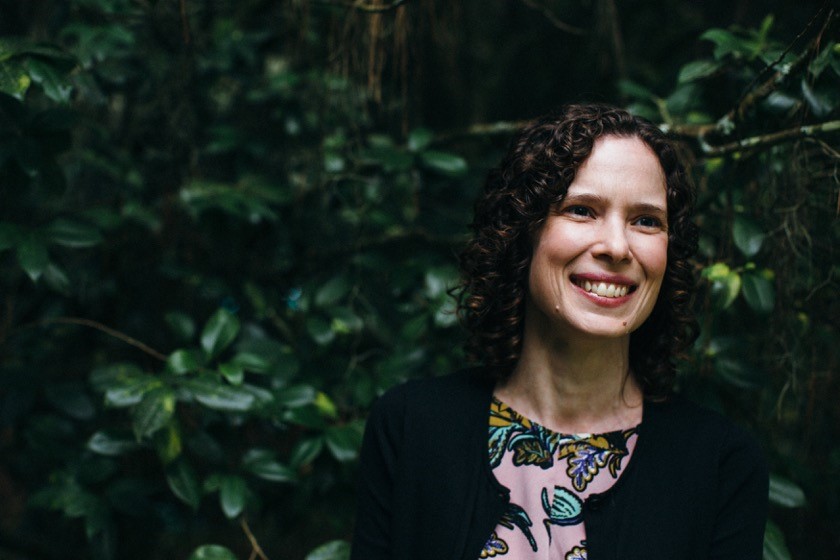Of eighteen book titles attributed, in whole or part, to our beloved mentor, the renowned art historian Janet Catherine Berlo, only one identifies her as an artist. Yet, alongside a prolific career spent writing, teaching, and curating, she has been steadily spinning, dying, felting, and stitching wonderful textiles into being. Furthermore, as she reminds readers of her 2001 memoir, Quilting Lessons: Notes from the Scrap Bag of a Writer and Quilter, these are never entirely separate pursuits. To borrow from her closely related publication on women’s quilt history, Janet’s scholarly trajectory has been “wild by design.” Eschewing the rigid borders of specialization, she has pieced her way through a profusion of forms, ideas, cultures, and geographies with riotous curiosity and imagination. Similarly disinterested in the distinctions of rank and worth that underpin academic hierarchies, she has affiliated with a wide array of people who share a common bond of creativity.
While honoring Janet’s sustained contributions to Native North American art history, the essays in this suite mirror the multiplicity and confluence of themes that recur in her vast body of work: women’s ingenuity and sociality; the vibrancy of textiles; the perils and generative possibilities of intercultural translation; art’s capacity to adapt cultures and environments under siege; and the often hidden threads of friendship, mentorship, and collaboration that hold together any one good idea. By way of introducing these contributions, we (two former doctoral students of Janet’s who are midway through academic careers in Native North American art history) will highlight just a few facets of this extraordinary scholar-artist’s lifework.
Introduction: by Jessica L. Horton and Norman Vorano

Janet in Charlotte Amalie, Virgin Islands, 2014. Photo by Jess Horton
Jessica Horton
Jessica L. Horton is Associate Professor in the Department of Art History at the University of Delaware. She has published widely on the relationships connecting Native North American knowledge, creative practice, and theories of ecology, diplomacy, and globalization. Her first book, Art for an Undivided Earth: The American Indian Movement Generation (2017), traces the impact of Indigenous struggles for land and life on artists working internationally since the 1970s. Her second book, Earth Diplomacy: Indigenous American Art, Ecological Crisis, and the Cold War (2024) examines how artists revitalized Indigenous cultures of diplomacy to place the earth at the center of Cold War international relations. Jess set her sights on earning her PhD under with Janet Berlo’s advisement after hearing the senior scholar deliver a brilliant lecture on Arthur Amiotte’s collages at the SANA Art Foundation in 2006. Descended from quilters, Jess had a hunch that the author of Quilting Lessons: Notes from the Scrap Bag of a Writer and Quilter would be an ideal guide through academia and life in general. She was right!
Norman Vorano
It was a great honor and privilege to be Janet’s first graduate student at the University of Rochester, joining the Visual and Cultural Studies graduate program in the late nineteen hundreds. As my dissertation advisor and mentor, Janet offered invaluable guidance that profoundly influenced my professional, academic, and personal life, shaping my career trajectory significantly. After leaving the University of Rochester, I served as the Curator of Inuit Art at the Canadian Museum of History from 2005 to 2014. I am now an Associate Professor of Art History at Queen’s University, where I also serve as the Head of the Department of Art History and Art Conservation. My research and publications focus on historic and contemporary Indigenous art, museum and curatorial studies, and cultural heritage studies.
Alicia Inez Guzmán
Alicia Inez Guzmán: I took my first course with Janet in 2009. It was titled Visual Culture of Heritage and Identity and, at the time, I wrote about a set of family documents that traced the land where I grew up through many generations of women. It was the first moment I explored where personal history and lived experience intersects with history. This approach, with Janet’s careful guidance, became the basis of my dissertation and my life’s work — writing about New Mexico. I currently live in Santa Fe where I am a staff writer at Searchlight NM publishing work as a journalist, essayist and culture writer, most recently on the impacts of the nuclear weapons industry on communities of color. My articles can be found locally and nationally, including in The Guardian, Rolling Stone and The Nation.
Aldona Jonaitis
Aldona Jonaitis, Director Emerita, University of Alaska Museum of the North. I received my PhD in art history from Columbia University in 1976 and chose to focus on Northwest Coast Native art. I’ve taught at Stony Brook University and served as an administrator there, at the American Museum of Natural History, and the University of Alaska Museum of the North. I was director of that museum for twenty-five years. When I first began my career as a Northwest Coast scholar, few people studied American Indigenous art and I felt intellectually isolated. Then I heard Janet Berlo give a wonderful talk at NAASA, and approached her, asking, “Who are you and why don’t I know you?” She was a Pre-Columbianist who had changed her field to Native American art. We began our decades-long friendship at first discussing scholarly topics, but soon began sharing our lives in the special way girlfriends do. My career and life have been enriched immensely from knowing Janet.
Katie Bunn-Marcuse
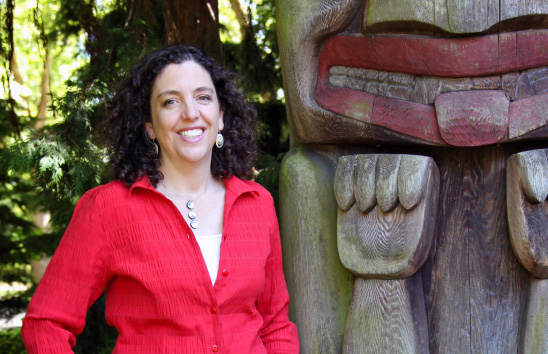
Katie Bunn-Marcuse first met Janet Berlo at the Otsego Institute in 2002 where Janet gave her the first of many years of insightful advice when Katie was still a graduate student. When Katie became a faculty member, Janet really took her under her wing and provided yet more advice and strong admonition to attend to her writing. Katie’s most favorite support from Janet comes in the form of strongly worded (&*$!*) outrage on her behalf when academic bureaucracy rears its ugly head.
Katie Bunn-Marcuse, PhD is the curator of Northwest Native art and director of the Bill Holm Center for the Study of Northwest Native Art at the Burke Museum, and associate professor of art history at the University of Washington. Her most recent book is the volume Unsettling Native Art Histories on the Northwest Coast, edited with Aldona Jonaitis, published by University of Washington Press. Her other publications focus on the indigenization of European-American imagery, nineteenth-century Northwest Coast jewelry and other body adornment, and the filmic history of the Kwakwaka’wakw. In her role as curator, she collaborates with First Nations communities and artists to identify research priorities and to activate the Burke Museum’s holdings in ways that are responsive to cultural revitalization efforts. She is a settler scholar working on the lands of the Coast Salish and is most happy in the woods, at the beach, with her dogs and her family.
Ruth B. Phillips
Ruth B. Phillips is Professor of Art History Emerita at Carleton University, Ottawa where she held a Canada Research Chair in Indigenous arts and cultures from 2003-2017. Her books include Trading Identities: The Souvenir in Native North American Arts from the Northeast, 1700-1900 and Museum Pieces: Toward the Indigenization of Canadian Museums. She served as director of the University of British Columbia Museum of Anthropology from 1997-2002 and is a fellow of the Royal Society of Canada. She first met Janet shortly after receiving her PhD in African art history from the University of London at a moment when both were shifting their research and teaching to Indigenous North American arts—Ruth from African, and Janet from Precolumbian. They have remained closely connected, in friendship and professionally, throughout their careers and collaborated on a co-authored book, Native North American Art, which is widely used as an introductory text in university courses. It was first commissioned for the Oxford History of Art, whose mandate that authors reject “formal approaches to breathe fresh life into the field of art criticism” and “illuminate and debate the critical issues at the heart of art history today” encouraged the reflextivity, multi-perspectivalism and historical contextualization important to their field. The second, expanded edition was published in 2011 by Oxford University Press USA.
Kristin Dowell
Kristin Dowell is Associate Professor of Indigenous Art & Film in the Department of Art History at Florida State University. She serves on the Academic Advisory Board for the FSU Native American and Indigenous Studies Center. She has worked as a film curator at several Indigenous film festivals and is the author of Sovereign Screens: Aboriginal Media on the Canadian West Coast (2013). She is a scholar of Irish American heritage deeply committed to a research practice that amplifies the work of the Indigenous filmmakers and artists with whom she has collaborated for over twenty years. She focuses on their use of experimental forms of art and media to express and enact visual sovereignty through their on-screen aesthetics and off-screen production practices. Her recent book project, Digital Sutures: Family & Cultural Memory in Indigenous Women’s Films explores how Indigenous women and gender expansive filmmakers re-define film genres, such as stop-motion animation and experimental documentary, to recuperate Indigenous family histories, ancestral knowledge and cultural memory. She is a proud speaker of the endangered Irish language and curator of Talamh agus Teanga: Land and Language in Contemporary Irish Art, an exhibition that opened at the FSU Museum of Fine Arts in January 2024. Kristin Dowell’s professional career would not have been possible without the guidance and mentorship she received from Janet Berlo as an undergraduate student at the University of Rochester for which she remains ever grateful.

